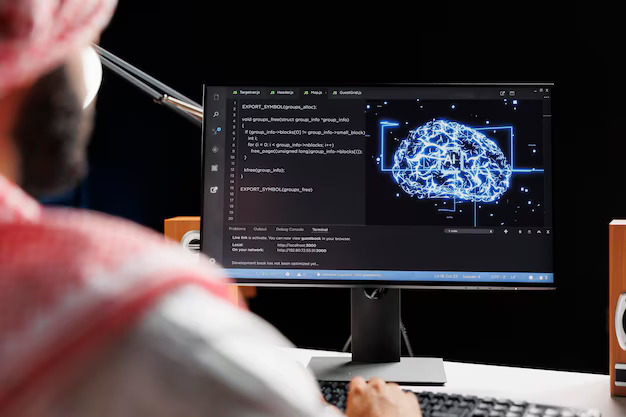When Google unveiled RankBrain Algorithm in 2015, it was a major turning point in the development of search engine optimization (SEO). It is an algorithm based on machine learning that improves the way Google analyzes and comprehends search requests. RankBrain gives Google the ability to learn from massive volumes of data and modify its replies in a way that is different from old algorithms, which were based on predetermined rules. This change represented a departure from merely technical to more intelligent and contextually aware search engine behavior, with far-reaching effects on how people are ranked and get material.
RankBrain’s primary function is to identify patterns and use them to increase the relevancy of search results. RankBrain first evaluates the words and phrases in a query to ascertain their importance. Subsequently, it analyzes enormous volumes of historical data to look for trends in the way comparable searches were handled in the past. RankBrain uses this data to determine the relevancy of results, regardless of whether the query contains unknown words or phrases. For example, there are multiple ways to interpret a complex search query such as “what’s the most effective method to improve cardiovascular health without going to the gym?” Each component of the question, such as “improve cardiovascular health” and “without going to the gym,” is evaluated by RankBrain and compared to previous queries that are comparable to it. This helps RankBrain provide results that are relevant to the user’s purpose; in this example, that could mean articles about working out at home, changing one’s diet, or engaging in outdoor activity. RankBrain’s machine learning capability sets it apart from previous methods. By studying human interactions and feedback, RankBrain continuously improves its grasp of language and context, in contrast to earlier systems that relied on manually written instructions. As a result, it can get better over time by adjusting to changing search trends, new language patterns, and developing trends.
The way websites are ranked in search results has changed significantly since RankBrain was introduced. In the past, content producers prioritize exact match keywords in their SEO tactics, placing a strong emphasis on keyword optimization. With RankBrain, the emphasis is now more on intent-based search, which means that the algorithm gives comprehending the meaning of the query precedence over just matching keywords. Relevance and high-quality material are therefore more crucial than ever. Content that offers insightful responses to consumers’ queries is given preference by RankBrain over keyword-stuffed content. This change in emphasis pushes marketers and website owners to focus on the user experience, producing material that answers queries, resolves issues, or offers insightful information. Practically speaking, RankBrain also brought in a more sophisticated method of content evaluation. For instance, RankBrain scans for more than simply pages that contain the phrase “best smartphones 2024” when a user queries for “best smartphones 2024.” Rather, it assesses the information contained in those pages, taking into account elements including the extent to which the subject is covered, the availability of current information, and the ease of reading and navigating the content. Because of this amount of complexity, even websites without exact match keywords have a greater chance of ranking well if their content is well-written and organized. When it comes to comprehending long-tail terms, RankBrain shines, yielding more precise results for intricate or conversational inquiries. Semantic search is becoming an increasingly important part of the SEO scene because of its emphasis on comprehending the meaning underlying search words.
Though RankBrain Algorithm is a positive step, it is not the end of Google’s path toward more intelligent, user-friendly search algorithms. Future algorithms will probably be even better at interpreting user intent and providing highly customized search results as machine learning technology develops. The most important lesson for content producers and SEO specialists is the increasing significance of excellent, user-focused content. While backlink development and keyword optimization are still important SEO strategies, the main objective today is to produce content that actually meets the demands of the audience. Through adjusting to this change and concentrating on intent-based tactics, websites can enhance their search engine rankings while simultaneously creating enduring relationships with their viewers in an increasingly competitive online environment.
In summary, Google now handles search queries differently thanks to RankBrain Algorithm, which emphasizes user intent over keyword matching. It restructures SEO to place a higher priority on user involvement and high-quality content by utilizing machine learning to give more relevant results. Content producers are encouraged by this change to concentrate on relevance and value in order to adjust to a more individualized search experience. RankBrain is a significant advancement in search algorithm development.

